Introduction
Raw dog food diets are becoming increasingly popular among pet owners. Many believe this approach offers health benefits for their furry friends. This article aims to explore the benefits, risks, and practical considerations of raw feeding. It’s crucial to provide balanced nutrition to ensure your dog thrives.Speaking of balanced nutrition, if you’re looking to dive deeper into this topic, a Raw Dog Food Cookbook can provide you with delicious and nutritious recipes tailored for your pup. It’s like a Michelin star meal, but for dogs!
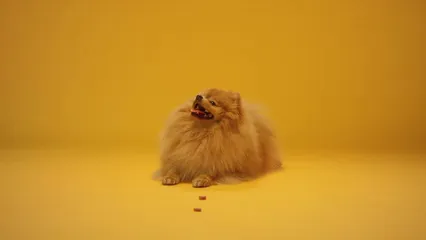
Summary and Overview
A raw dog food diet consists primarily of uncooked ingredients. Key components include raw meat, bones, and vegetables. Proponents argue that this diet aligns with a dog’s natural eating habits. Benefits often cited include shinier coats and improved energy levels. However, critics raise concerns about potential nutritional imbalances and bacterial contamination. Historically, raw feeding practices have roots in the diets of working dogs, like racing greyhounds. The trend gained traction in the 1990s with the introduction of the BARF diet for dogs. As the popularity of raw feeding rises, consulting a veterinarian is essential before making any changes to your dog’s diet. It’s important to ensure the diet meets your pet’s specific nutritional needs.And what’s a good meal without proper storage? Make sure to keep those raw ingredients fresh with a Dog Food Storage Container. It’s like a vault for your dog’s gourmet meals!
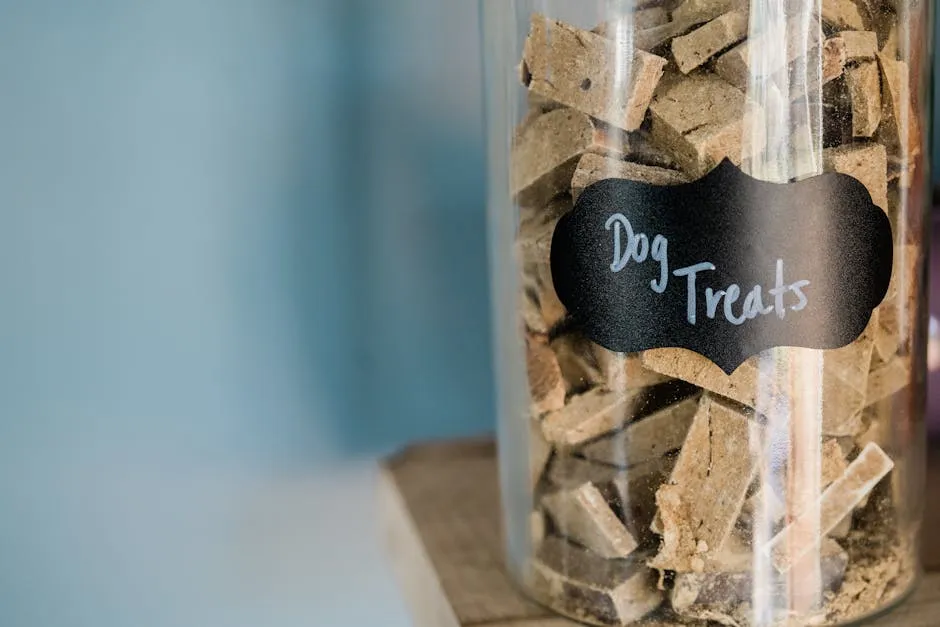
What is a Raw Dog Food Diet?
A raw dog food diet involves feeding your dog uncooked animal products. This diet typically includes raw meats, bones, organs, and sometimes fruits and vegetables. The main idea is to mimic what wild canines eat. There are different types of raw diets. The BARF diet (Biologically Appropriate Raw Food) focuses on a mix of meat, bones, and plant-based ingredients. Another approach is the RMBD (Raw Meat-Based Diet), emphasizing animal parts only. Historically, raw feeding emerged from the belief that dogs should eat as their ancestors did. Research indicates a notable increase in raw diet popularity, with sales climbing by around 15% each year. It’s essential to ensure that any raw diet is balanced and suitable for your dog’s unique needs. Always consult your veterinarian to tailor the diet to your pet’s health requirements.To make sure you’re measuring out the right portions, consider investing in a Pet Food Scale. It’s essential for ensuring your dog gets the right amount of food without any guesswork!
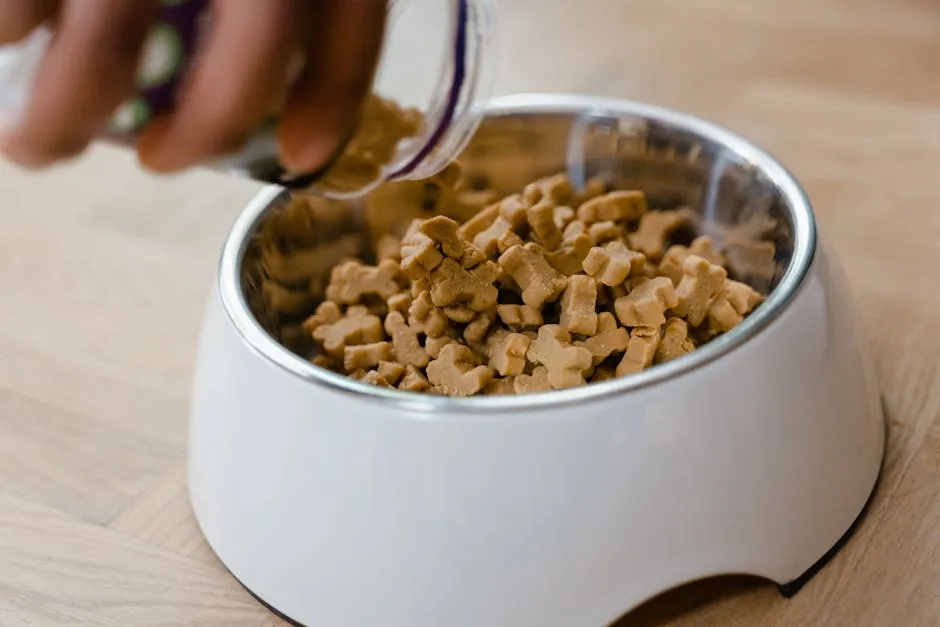
Potential Benefits of a Raw Dog Food Diet
Many dog owners claim that switching to a raw food diet brings remarkable health benefits. One of the most frequently noted improvements is skin and coat health. Owners often report shinier coats and reduced skin irritations after the transition. This might be due to increased healthy fats and proteins found in raw foods. Another significant advantage is dental hygiene. Chewing raw meaty bones can help scrub away plaque and tartar. This natural dental care leads to cleaner teeth and fresher breath. Many pet owners appreciate this benefit, as it reduces the need for professional dental cleanings.To enhance your dog’s dental health, consider incorporating Dog Treats for Dental Health. They’ll keep your pup’s pearly whites sparkling and their breath fresh!
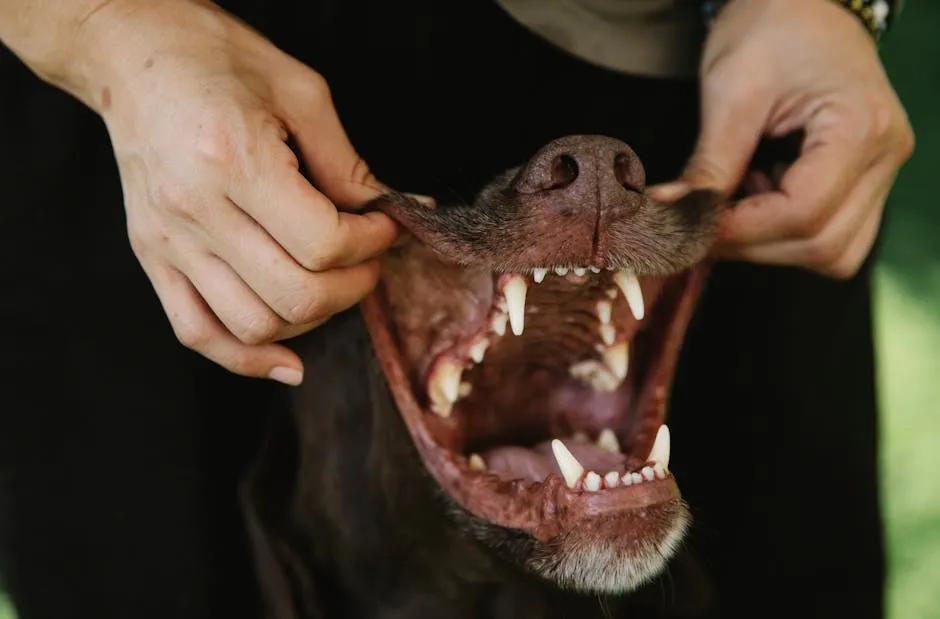
Risks and Concerns of Raw Dog Food Diets
While many dog owners advocate for raw diets, there are notable risks to consider. One significant concern is bacterial contamination. Raw meat safety can harbor harmful bacteria like Salmonella and E. coli. A study revealed that over half of the tested raw diets contained these pathogens, raising safety alarms for pet owners. Nutritional imbalances also pose a risk. Creating a balanced raw diet requires careful planning. Without the right proportions of nutrients, dogs can face deficiencies. This is especially important for growing puppies or older dogs with specific health needs. Choking hazards are another serious concern. Raw bones, while beneficial for dental health, can splinter and cause blockages. Improperly sized or hard bones may lead to dental fractures or internal injuries. Finally, dogs with weakened immune systems or puppies can be particularly vulnerable. The risks associated with raw diets can be amplified in these cases. It is essential to consult a veterinarian before making any dietary changes. Their expertise can help you navigate these concerns while ensuring your dog remains healthy and safe.
Nutritional Guidelines for Raw Dog Food
Creating a balanced raw diet for your dog is essential. A well-structured diet ensures your pet gets all the necessary nutrients. The key components include muscle meat, organs, bones, and vegetables. A common guideline suggests a ratio of 70% muscle meat, 10% raw, edible bones, 10% organ meats, and 10% vegetables. This balance helps provide a variety of proteins and essential vitamins. For example, organs like liver are nutrient-dense and should make up about 5% of the diet. Variety is crucial. Dogs benefit from different protein sources, such as chicken, beef, and fish. This variety helps prevent nutritional deficiencies. Additionally, consider adding supplements like fish oil for healthy fats.
For those looking to simplify meal prep, a set of Dog Food Preparation Utensils can make the process a breeze. Who knew feeding your dog could be so fancy?
Transitioning your dog to a raw diet should be gradual. Start by mixing raw food with their current diet. Over several days, slowly increase the raw portion while reducing the old food. This method helps prevent digestive upset. Consulting with a veterinarian or a pet nutritionist can ensure proper formulation. They can help tailor the diet based on your dog’s specific needs, age, and health conditions. Always strive for a balanced raw diet to promote optimal health in your furry friend.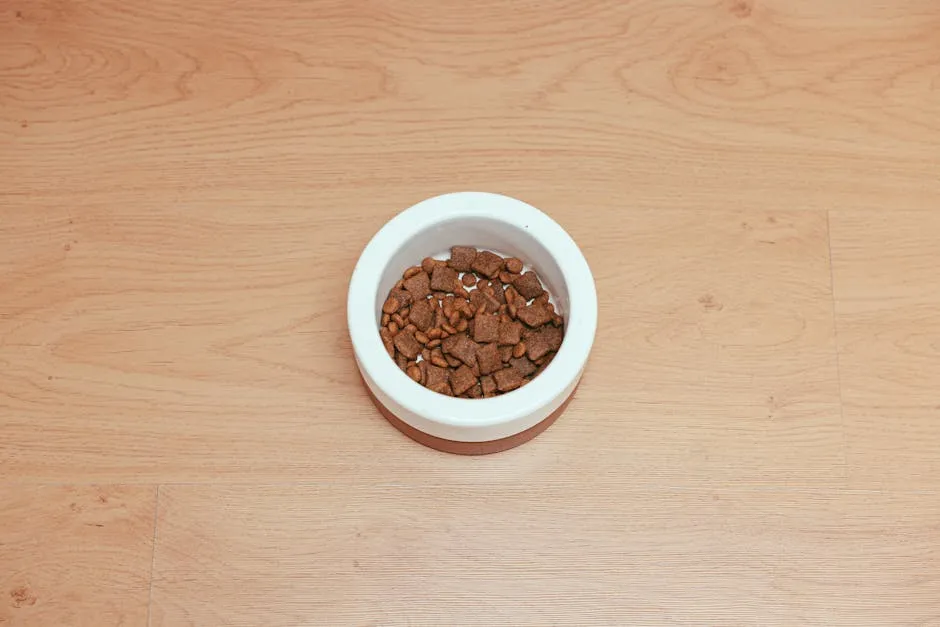
Safe Handling and Preparation of Raw Dog Food
Handling raw dog food safely is crucial to prevent illness. Start by practicing good hygiene. Always wash your hands before and after handling raw meat. Use separate utensils and containers for pet food to avoid cross-contamination. Proper storage is equally important. Store raw food in airtight containers and keep it in the refrigerator or freezer. Defrosting should be done in the refrigerator, not at room temperature. This approach minimizes bacterial growth. Be aware of the health risks associated with raw feeding. According to research, raw diets can harbor harmful bacteria like Salmonella and E. coli. These pathogens can pose risks to both pets and humans.Additionally, having a Pet First Aid Kit on hand can ensure you’re prepared for any mishaps while handling raw ingredients.

Expert Opinions on Raw Dog Food Diets
The raw dog food diet garners mixed feelings from professionals. Some veterinarians and pet nutritionists advocate for its benefits. They often cite improvements in coat condition, dental health, and energy levels. Supporters believe that a raw diet aligns more closely with a dog’s ancestral eating habits. However, caution is crucial. Many veterinarians express concerns about potential health risks. Bacterial contamination from raw meat poses a significant threat to both dogs and humans. Studies indicate that over half of raw pet food samples can harbor pathogens like Salmonella and E. coli. This can lead to serious illnesses. Nutritional imbalances are another concern. A poorly formulated raw diet may not meet all a dog’s nutritional needs. Some experts recommend a balanced approach, advocating for diets that include both raw and cooked elements. This hybrid method can provide the benefits of fresh food while minimizing risks. Surveys reveal that a notable percentage of veterinarians remain skeptical about raw feeding. Approximately 70% suggest that owners consult with a veterinarian before switching diets. They emphasize the importance of a balanced diet tailored to a dog’s specific needs. Engaging in dialogue with a trusted veterinarian ensures the health and safety of your furry friend.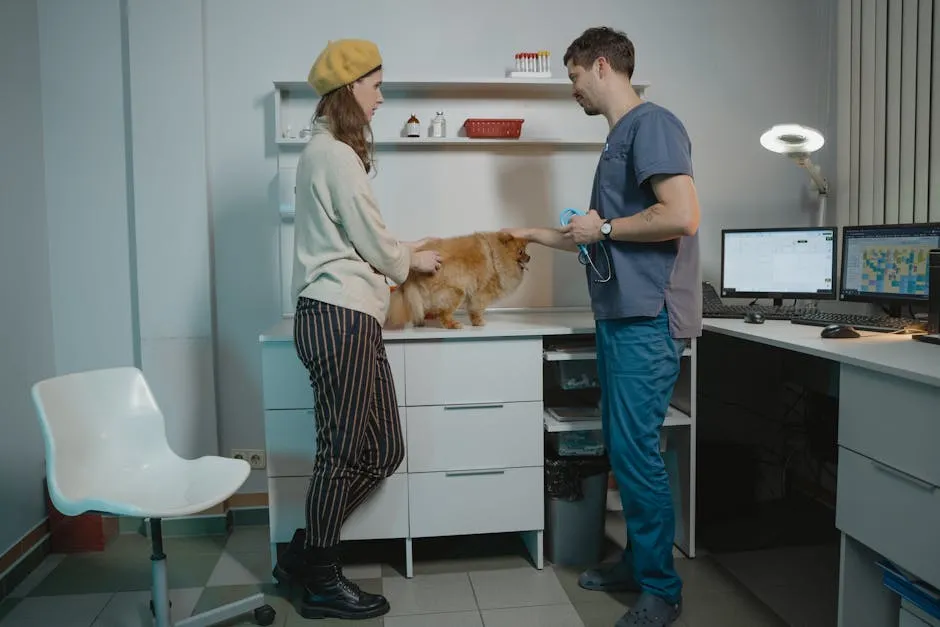
Case Studies and Personal Experiences
Many dog owners have shared positive experiences after switching to a raw food diet. One owner reported her German Shepherd’s significant improvement in energy and coat health. After transitioning, her dog exhibited increased vitality and a shinier coat. These changes reassured her that raw feeding was beneficial. However, transitioning to a raw diet isn’t always smooth. Some owners faced challenges, like digestive upset during the initial switch. Gradual transitions, mixing raw food with regular kibble, often help ease this process. Experienced raw feeders advise patience and careful monitoring of your dog’s health. Additionally, some owners have tips for newcomers. They recommend variety in protein sources, such as chicken, beef, and fish. This diversity helps ensure balanced nutrition while providing different flavors for your dog.
For those looking to keep their dogs entertained, Dog Puzzle Toys can provide mental stimulation and keep them busy while you prepare their meals.
Conclusion
A raw dog food diet offers several benefits and risks. Many owners report improvements in their dog’s coat, energy levels, and dental health. Raw feeding can lead to smaller, firmer stools, reducing cleanup. However, there are concerns. Bacterial contamination poses health risks to both dogs and humans. Nutritional imbalances may arise without careful planning. Balanced nutrition is essential for your dog’s well-being. Always seek professional guidance when considering dietary changes. Your veterinarian can help you navigate the complexities of raw feeding. Ultimately, making informed decisions based on your dog’s health needs is key to their happiness and longevity.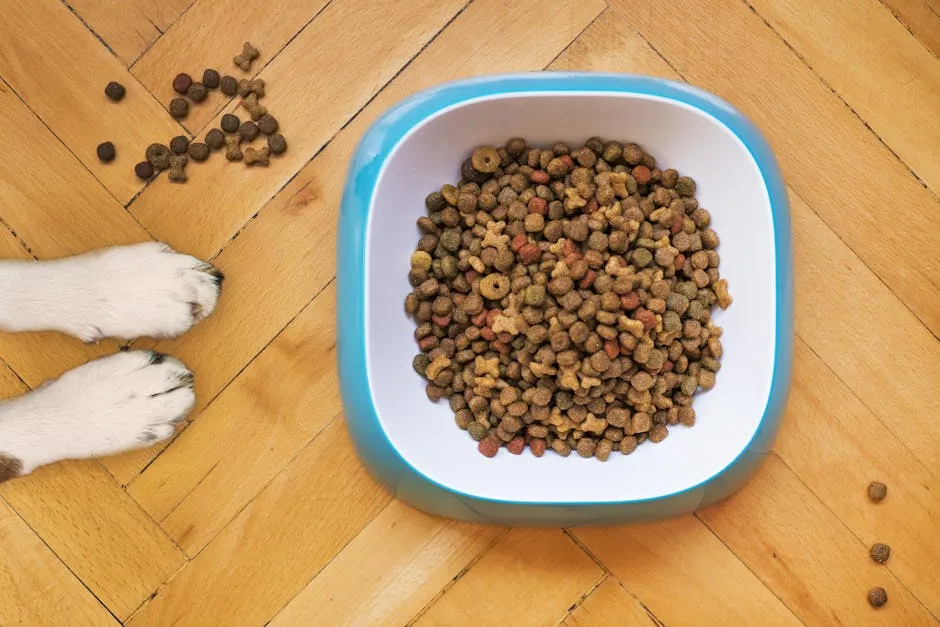
FAQs
What is a raw dog food diet?
A raw dog food diet consists of uncooked animal products. It typically includes raw meat, bones, organs, and sometimes fruits and vegetables. The aim is to mimic a dog’s natural eating habits.
Is raw dog food safe for all dogs?
Not all dogs should eat raw food. Puppies, older dogs, and those with health conditions may need special diets. Consult your vet to determine if raw feeding suits your dog’s needs.
What are the benefits of switching to a raw diet?
Owners often notice shinier coats, improved energy, and better dental health. Many also report smaller stools and an overall boost in their dog’s vitality.
How do I transition my dog to a raw food diet?
Start by mixing raw food with their current diet. Gradually increase the raw portion over a week or two while monitoring for digestive changes. Patience is key during this process.
Are there any risks associated with raw feeding?
Yes, raw diets can expose dogs to harmful bacteria like Salmonella. Nutritional imbalances and choking hazards from bones are also concerns. Always handle raw food safely and consult your veterinarian for guidance.
Please let us know what you think about our content by leaving a comment down below!
Thank you for reading till here 🙂
All images from Pexels





